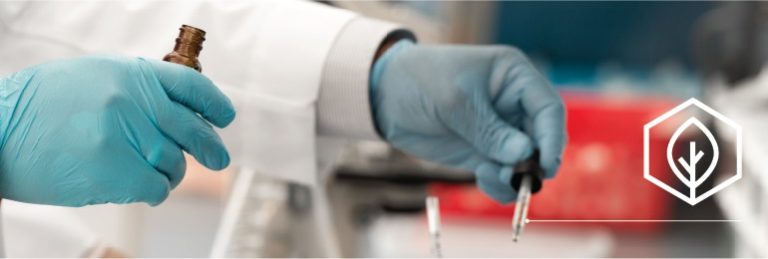By Raja Bala and Florent Perronnin
Hollywood depictions of artificial intelligence are way ahead of our current capabilities. No surprise there. We are closing the reality gap, but a number of scientific challenges remain. Here’s a look at some of the research that Xerox scientists will present at the annual IEEE Computer Vision and Pattern Recognition Conference later this month.

Turn Your Smartphone into a Personal Driving Coach
Our researchers in Webster, N.Y., are also working on a computer vision project that would turn smartphones into driving assistants. Using facial feature detection technology, the phone would estimate a driver’s gaze direction, and detect if a driver is distracted and not paying attention to the road.
Detect Cell Phone Use by Highway Drivers
Motivated by its impact on public safety and property, several state and federal government organizations prohibit cell phone use while driving. Our scientists are working on a camera system for highways that uses pattern recognition technology to detect if a driver is using a cell phone.
Making Images More Eye Catching
Researchers collaborating at Xerox Research Centre Europe (XRCE) and Harvard University are studying what attracts people’s attention first when they look at a picture. Understanding that eye-catching element enables visuals to be composed for greater effect, and can predict where people will look when facing a scene, a photo or game.
Making Sense of Big Data in Computer Vision – Image Signatures
Images and video make up 90 percent of today’s Internet traffic. To explore and use this massive amount of data requires technology that can automatically analyze an image and create a unique ‘visual signature’ that distinguishes it from other images. XRCE has invented a patented state-of-the-art methodology that creates such signatures in an extremely compact and robust fashion, beating current deep learning methods for challenging image classification problems, such as recognizing the brand and model of a car.
Pigeon or Dove? Designing ‘Gold’ Questions in Complex Crowdsourcing Tasks
Crowdsourcing is frequently used as a forum to find individuals to label images, but presents challenges when specific subject matter experts are required. For example, ornithologists may be required to identify species of birds, but such experts are rarely available on crowdsourcing platforms. To assist non-expert annotators, our research centers in Europe and India have designed a system that creates a first filter to propose a very limited number of categories to choose from. The system automatically includes ‘gold’ questions to identify untrustworthy annotators and ensure the quality of labeling.
Xerox principal scientists Raja Bala and Florent Perronnin will be at the annual Computer Vision and Pattern Recognition conference in Columbus Ohio from June 23 to 28.



